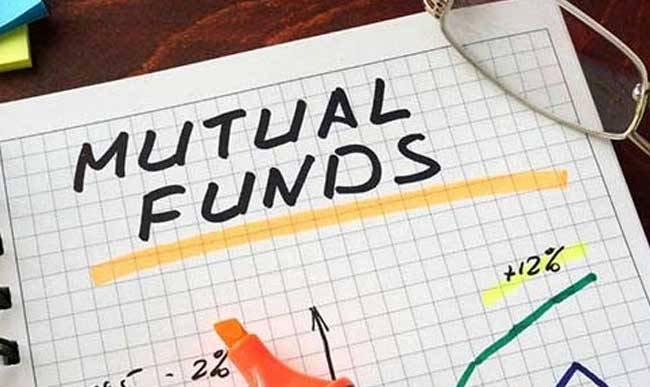The economic slowdown, which has been gathering pace since the start of 2018, has now come to bite mutual fund returns. Key equity mutual fund categories have delivered lower returns than the Public Provident Fund (PPF), a risk- and tax-free debt instrument, in the last five years, even as more and more people are now investing in mutual funds, enthused by the government’s promise of bold economic reforms.
The shocker
The interest rate for PPF is reviewed every quarter and is, typically, in the range of 7.5-9%. In the FY14-19 period, the average PPF rate was 8.21%. On the other hand, the five-year average returns of large-cap, multi-cap and ELSS (tax-saving) funds fallen to 7.79%, 8.57% and 8.53% respectively (as of 30th August 2019). Other categories like mid-cap, small-cap and have only done marginally better at 9.51% and 9.39%, respectively. The rates are annualized. While the rates look comparable, the post-tax mutual fund rates will be lower than PPF’s as the latter gives tax-free returns.
The assets under management (AUM) of open-ended equity funds have increased from ₹2.5 trillion in July 2014 to to ₹6.84 trillion at the end of July 2019, an almost three-fold expansion in just five years. In comparison, AUM growth in the previous five-year period, between 2009 and 2014, was just about 1.5 times. Equity funds are by far the preserve of individual investors, who account for 90% of their AUM (as of June 2019). However, their investments have been hit hard by the GDP slowdown and its effect on the stock market. Last week, GDP growth rate for the April-June 2019 period came in at 5%, the lowest in six years.
All’s not lost
But does that mean all is lost for equity investors? Fund managers point at the silver lining. “If you look at 2002-03, GDP growth was at a bottom and valuations were low. But equity returns were very high in the five years that followed. In fact, one should invest at times when growth is low and valuations are attractive and pull out when these factors reverse,” said Sankaran Naren, executive director and chief investment officer, ICICI Prudential Mutual Fund.
Prakash Praharaj, a Mumbai-based financial planner, attributed the erosion of equity returns to slower economic growth resulting from demonetization and poor implementation of the goods and services tax or GST, but added that the reforms should pay off in the long run. “But it is unclear how long the adjustment period will last,” he added.
What should you do?
Equity returns are volatile by definition and this situation does not call for a panic exit. A recovery can change the picture dramatically. Investors should stick to their long-term asset allocation and avoid the temptation to leave or to jump in with a large lump sum.
Also, remember that the returns look very different for other five-year periods—five-year returns for the Nifty 50 (Total Returns Index) for 2013-18 and 2012-17 periods were at 18% and 15%, respectively.
This also underscores the risks of investing a lump sum in mutual funds or stocks and the benefits of investing through a systematic investment plan (SIP), which averages out your purchase price and prevents a poor starting point from pulling down your returns.
In addition, financial planners have expressed confidence in the long-term prospects of the economy as reforms are implemented. Kalpesh Ashar, proprietor of Full Circle Financial Advisors, stressed that government reforms would take time to clean out the issues in India’s economy and administration. “However more reforms are needed and that too in a short time, for market sentiment to change,” he added.
